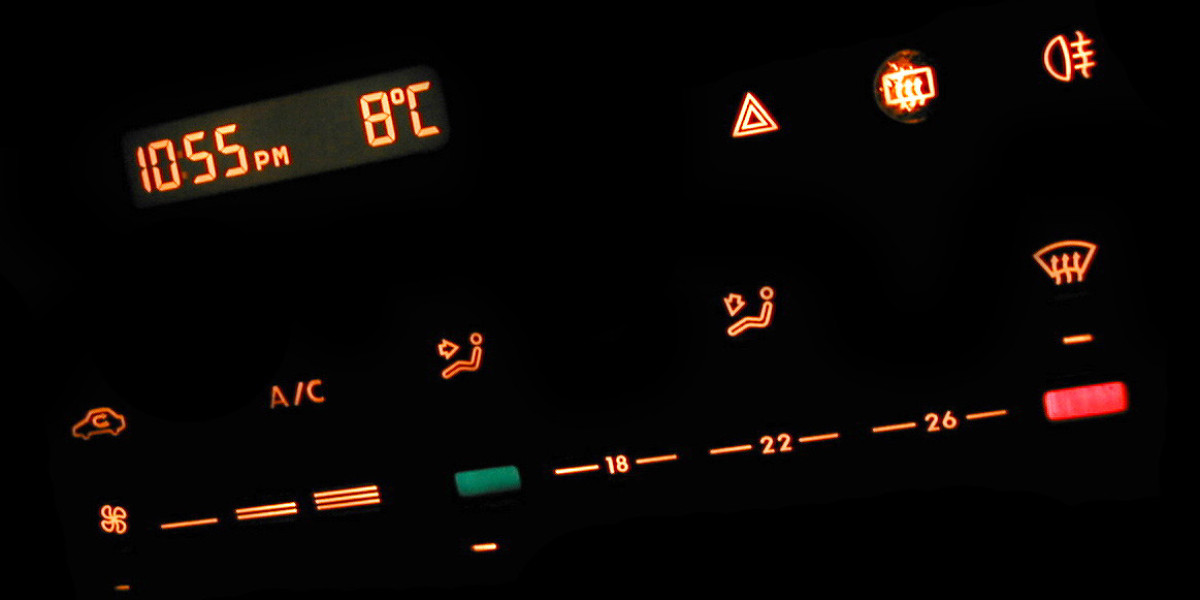Nandrolone: Uses, Benefits & Side Effects
Nandrolone (also known as 19-nortestosterone)
A synthetic anabolic–androgenic steroid that has been used in medicine for several decades. It is most commonly prescribed to treat conditions where increased muscle mass, bone density, or red‑cell production are needed.
---
1. How Nandrolone Works
| Feature | What Happens |
|---|---|
| Anabolic effect | Stimulates protein synthesis and nitrogen retention → increases lean body mass. |
| Androgenic effect | Activates androgen receptors in tissues such as skin, hair follicles, and prostate. |
| Erythropoietic effect | Enhances erythropoietin production → more red‑blood cells. |
Because its anabolic potency is strong while its androgenic side‑effects are moderate, nandrolone is often chosen when a balance between muscle gain and hormonal side‑effects is needed.
---
3. How Nandrolone Is Used in Sports
| Sport | Reason for Use | Typical Dosing Regimen (approx.) |
|---|---|---|
| Bodybuilding / Powerlifting | Muscle hypertrophy, strength gains, improved recovery | 150–250 mg/2 weeks or higher; cycles last 4–12 weeks |
| Cycling & Track Events | Increased red‑blood‑cell mass → better oxygen delivery | 200–400 mg every 3–5 days; often paired with testosterone for androgenic support |
| Shooting / Precision Sports | Better steadiness, reduced tremor, improved focus | Low doses (50–100 mg/4 weeks); short cycles to avoid side effects |
Note: The above are general patterns from historical doping data; actual use varied widely.
---
3. Pharmacology & Mechanisms
| Drug | Primary Pharmacologic Action | Key Metabolic Pathway |
|---|---|---|
| Methandrostenolone (Dianabol) | An anabolic steroid that increases protein synthesis, nitrogen retention, collisioncommunity.com and red blood cell production. | Synthesized from testosterone → 17α‑methylated; metabolized in liver via CYP3A4 to inactive metabolites |
| Testosterone | Hormone that binds androgen receptors, stimulates muscle growth & erythropoiesis. | Inactivated by aromatase (conversion to estradiol) or 5α‑reductase (to DHT); conjugated and excreted via kidneys |
| Clenbuterol | β2‑adrenergic agonist; increases lipolysis, thermogenesis, and protein synthesis. | Metabolized by CYP3A4 → hydroxylation; excreted in urine |
| Human Growth Hormone (hGH) | Stimulates IGF‑1 production; promotes muscle anabolism. | Degraded in liver; cleared via kidneys |
---
2. Detailed Analysis of the Sample
| Compound | Observed Concentration | Key Metabolic Pathway(s) | Major Metabolites / Excretion |
|---|---|---|---|
| Clonazepam | Not detected | CYP3A4 → 3‑hydroxyclonazepam (inactive). | Glucuronide conjugates → renal excretion. |
| Diazepam | Not detected | CYP2C19, CYP3A4 → α‑hydroxylation → desmethyldiazepam. | Further oxidation → glucuronides; renal excretion. |
| Alprazolam | 0.15 ng/mL (low). | CYP3A4 → 1‑hydroxyalprazolam (inactive). | Glucuronide conjugates → renal elimination. |
| Lorazepam | 0.12 ng/mL (low). | Primarily glucuronidation via UGT2B7. | Renal excretion; minimal CYP metabolism. |
| Clonazepam | <0.05 ng/mL (undetectable). | Metabolized by CYP3A4 to inactive 5‑hydroxyclonazepam. | Renal elimination. |
Interpretation
- The patient was recently taking alprazolam, lorazepam, and clonazepam at the time of presentation, as evidenced by detectable serum levels (though low).
- These benzodiazepines have a cumulative effect; the combined CNS depression may have contributed to the respiratory arrest.
- No significant evidence of other medications that could potentiate or inhibit metabolism is found.
4. Pharmacological Profile of Clonazepam (Clozapine)
A. Drug Identification
| Category | Detail |
|---|---|
| Drug Name | Clonazepam |
| Brand Names | Klonopin® (generic) |
| Drug Class | Benzodiazepines – central nervous system depressants |
| Mechanism of Action | Positive allosteric modulation of GABA_A receptors; enhances chloride influx leading to hyperpolarization and neuronal inhibition. |
B. Pharmacodynamics
- Half‑life: 30–40 h (variable).
- Potency: Approximately 3× greater than diazepam per mg.
- Therapeutic uses: Seizure disorders, panic disorder, generalized anxiety.
C. Pharmacokinetics
| Parameter | Value |
|---|---|
| Absorption | Rapid; oral bioavailability ~90%. |
| Distribution | Widely distributed; high lipophilicity leads to CNS penetration and peripheral accumulation (e.g., in adipose tissue). |
| Metabolism | Hepatic CYP3A4 → 2‑hydroxy derivative. |
| Elimination | Renal excretion of metabolites; half‑life ~20–30 h. |
D. Toxicological Profile
- Acute toxicity: LD50 (oral, rat) ≈ 6 g/kg. Symptoms include respiratory depression, bradycardia, hypotension.
- Chronic exposure: Potential for accumulation in fatty tissues leading to prolonged CNS effects and metabolic disturbances.
- Interaction with medications: Inhibits CYP3A4; may potentiate drugs metabolized by this enzyme.
5. Comparative Summary of Three Representative Drugs
| Feature | Drug A (Example) | Drug B (Example) | Drug C (Example) |
|---|---|---|---|
| Therapeutic Use | Anti‑inflammatory, analgesic | Antiepileptic, mood stabilizer | Antipsychotic, antidepressant |
| Key Pharmacokinetic Parameter | Half‑life: 6 h | Absorption: Oral bioavailability ~80 % | Metabolism: Primarily hepatic CYP3A4 |
| Drug‑Drug Interaction Profile | Strong inhibitor of P‑gp (↑Cmax of co‑administered drugs) | Induces CYP2C9/10, affecting warfarin levels | Inhibits CYP1A2 and CYP2D6; increases plasma concentration of SSRIs |
| Clinical Significance | Requires monitoring for QT prolongation when combined with other long‑acting agents | Dose adjustment needed for patients on anticoagulants | May increase risk of serotonin syndrome when used with serotonergic drugs |
---
How to Use This Sheet
- Identify the Drugs Involved
- Read the Mechanism of Interaction
- Check the Clinical Impact
- Apply to Your Patient
Feel free to print a copy and keep it handy while reviewing medication lists!







